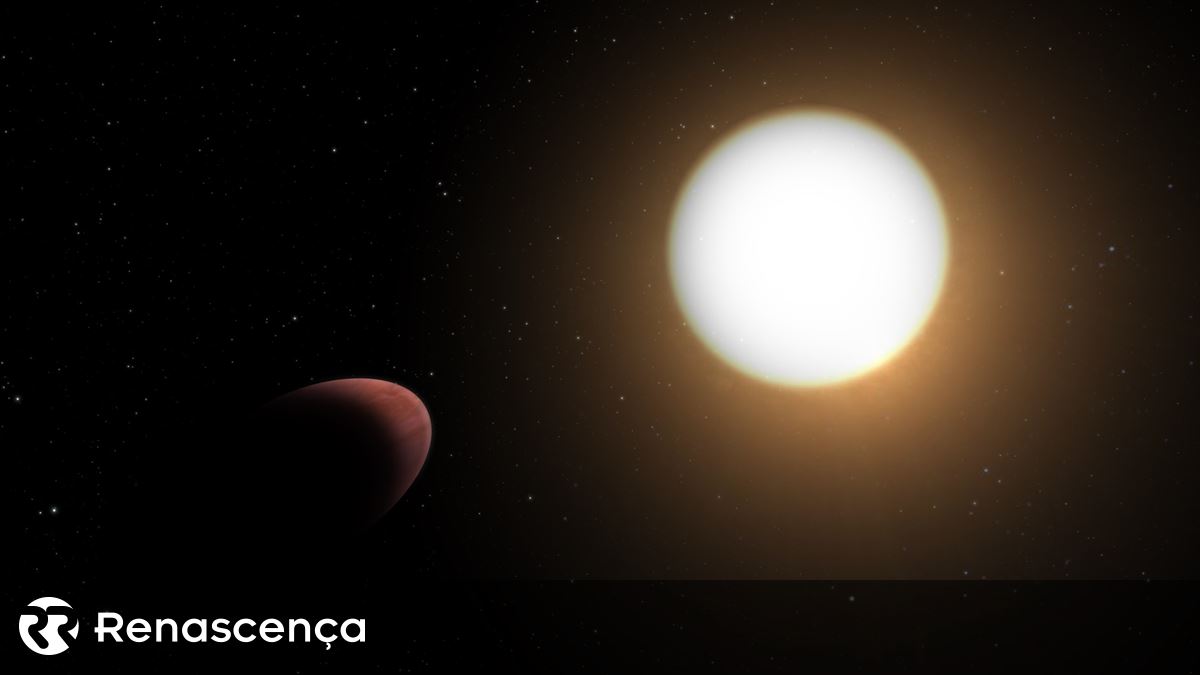An international team, led by researchers from the Institute of Astrophysics and Space Sciences (IA), has discovered for the first time the deformation of an exoplanet, whose shape resembles a rugby ball.
The study published in Revista Astronomy and Astrophysics, based on new observations by the European Space Agency’s (ESA) CHEOPS space mission, IA revealed today in a statement.
Ain Wasp-103b, and The studied exoplanets are located around a star 1.7 times larger than the Sun and 200 degrees hotter.
The observations are “the result of several years of work at IAstro, developing models for planet deformation. Very accurate data analysis models,” said Susanna Barros, researcher at IAstro and the Department of Physics and Astronomy at the University of Porto’s Faculty of Sciences (FCUP).
He adds that this accuracy “allowed us to discover the distorted shape of an exoplanet for the first time.”
a The deformation of this exoplanet can be explained by its proximity to its star, as Wasp-103b “takes only one day to complete one orbit”.
“With such close proximity, astronomers have long suspected that the star’s massive tidal forces would be caused by massive deformation of the planet, which could not be confirmed until now,” says the IA.
The combination of exoplanet transit observations made by CHEOPS, with already known data from the Hubble Space Telescope and the Spitzer Space Telescope, made it possible to confirm that the planet “is, in fact, wider at the equator than at the poles.”
“On Earth we have tides caused by the Moon and the Sun, but we see them only in the movement of the oceans, and the rocky part of the Earth practically does not move. Measuring the extent of the deformation of the planet allows us to determine which parts of it are rocky, gaseous or watery, since the resistance of the material to deformation depends, the researcher explains. on its composition.
The statement also quoted researcher Nuno Cardoso Santos as saying The result “demonstrates well the potential of the CHEOPS mission and the ability of the IA team to do innovative science“.
“This is just a first step. He points out that more observations from the CHEOPS mission, along with data that will be collected by future missions like PLATO, will give us the possibility to study deformation in more exoplanets.”
The CHEOPS Consortium is led by Switzerland and the European Space Agency, with the participation of 11 European countries. In Portugal, IA is leading the engagement.

“Friendly zombie fanatic. Analyst. Coffee buff. Professional music specialist. Communicator.”

